There are two major questions to ask when shopping for a business juicer. What Do You Juice? Juicers are not all created equal. Juicers of various varieties are suitable for juicing various fruits and vegetables. If you only want to juice citrus fruits, a manual or electric citrus juicer is an excellent option. If you wish to juice herbs or wheatgrass, you should use a Commercial Juicers.
How Much Juice Do You Drink?
The amount of juice you want to generate is an important consideration when selecting the best juicer for your needs. If all you want to do is squeeze some fresh lemon juice for cocktails, a Commercial Juicers can be precisely what you need. If you want to bottle juice for sale, however, you will need an electric commercial juicer that can handle a high volume and demand.
Juicer Varieties
We’ll break down nine juicer types below so you can pick the one that best fits your company’s needs and ambitions.
What type of juicer is best for your business will be determined by the volume of juice you want to offer as well as the types of foods you want to juice. A worker uses a centrifugal juicer to juice celery.
1. Juicer Centrifugal

Use in medium- to high-volume juice bars, spas, restaurants, or cafés. Apples, oranges, celery, limes, lemons, tomatoes, and other hard or firm fruits and vegetables that have had their thick peels, large seeds, and stems removed Centrifugal juice extractors work by Commercial Juicers fresh foods and extracting juice through a spinning metal mesh basket. Remove thick skins, large seeds or pits, and stems from fruits before cutting them down to size.
Allow the juicer to reach full speed before using it. Add fruit and veggies gradually. Set up of a masticating juicer with a clear juice container and a black waste container
2. Masticating Juicer
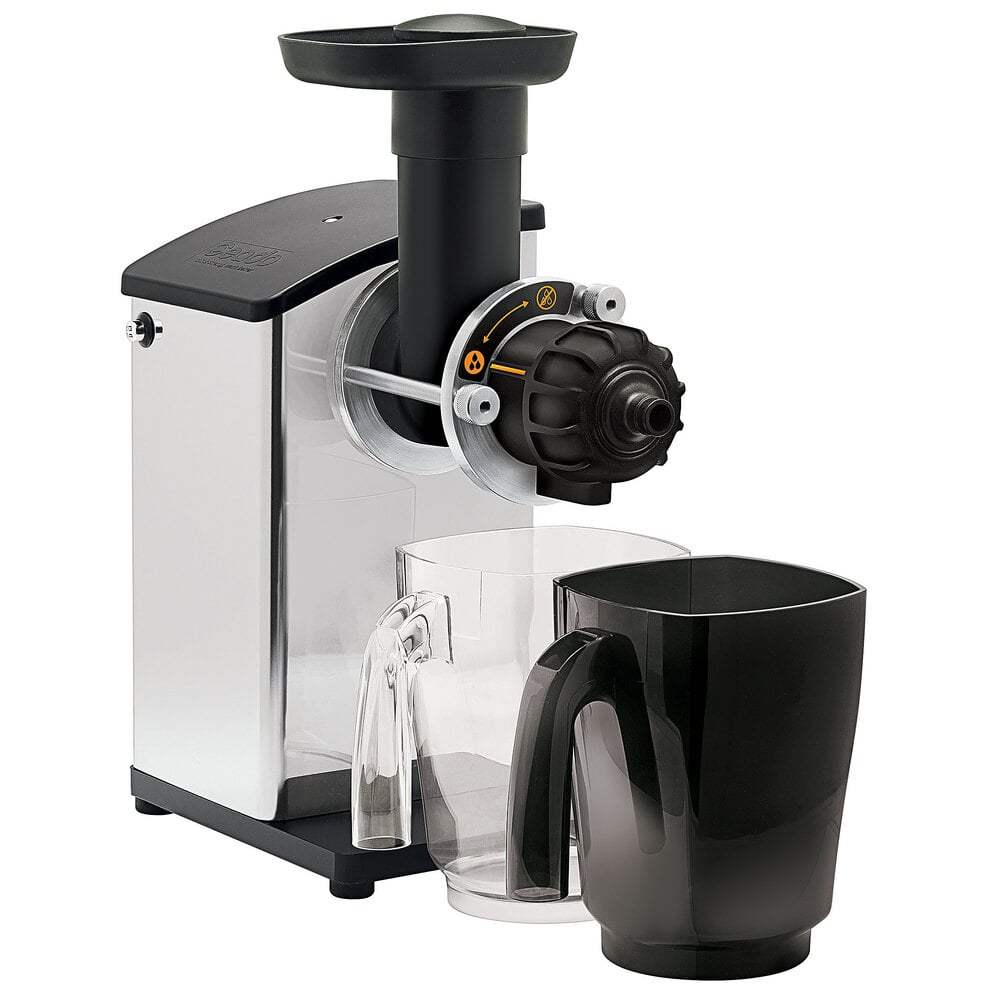
Use in medium- to high-volume juice bars, spas, restaurants, or cafés. Spinach, Kale, Apples, Oranges, Celery, Limes, Lemons, Tomatoes, and other hard or soft fruits and vegetables that have had their thick peels, huge seeds, and stems removed. Masticating or cold press juicers use an auger and strainer to extract juice from even the toughest greens. Remove peels, stems, and seeds from room temperature fruit and vegetables and chop in half. Turn the unit on. Add meals to the chute gradually. If necessary, use the included pusher to press down. Worker juicing oranges using an electric citrus juicer
3. Juicer of citrus fruits
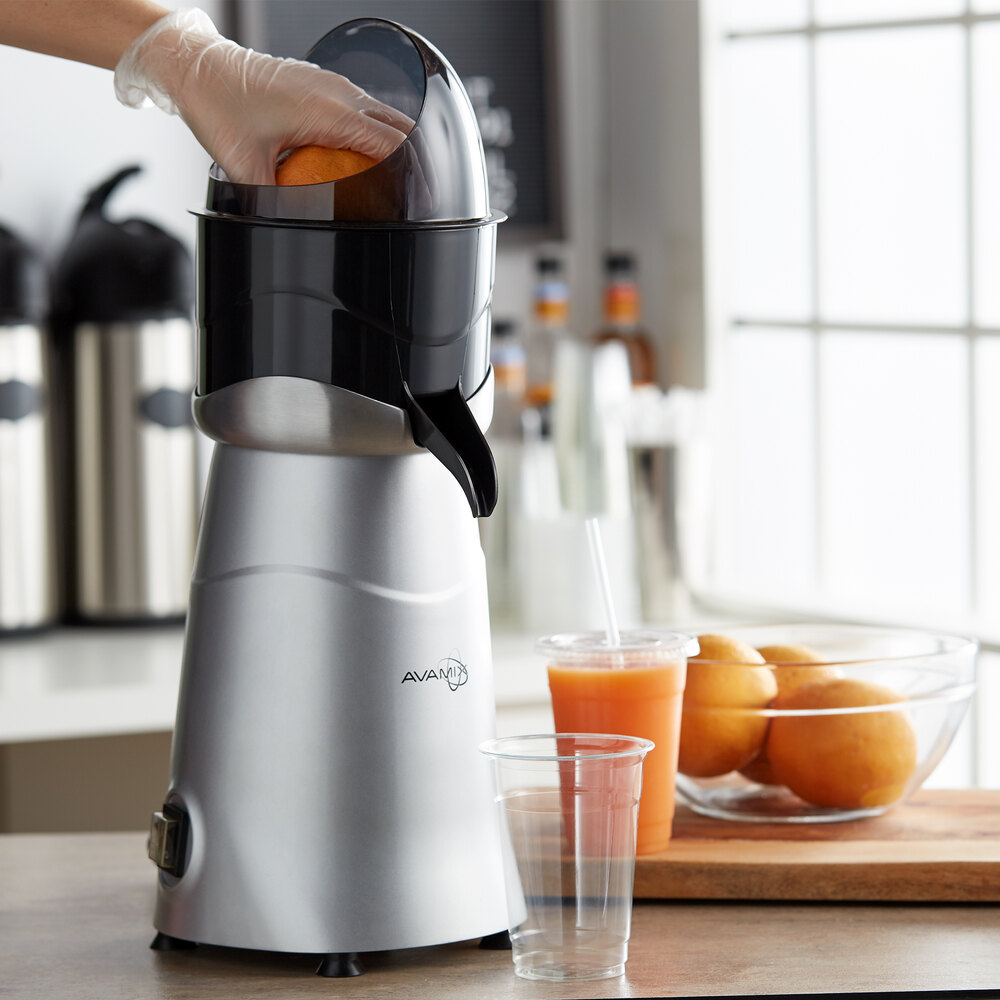
Citrus juice extractors extract juice from citrus using a motorised rotating reamer. To begin, cut the fruit in half and prepare it. Start the machine. Firmly press the sliced side of the fruit on the reamer, but not so hard that the reamer stops. Wheatgrass juicer with a glass of green juice and a white pusher on a stainless steel table
4. Juicers for wheatgrass
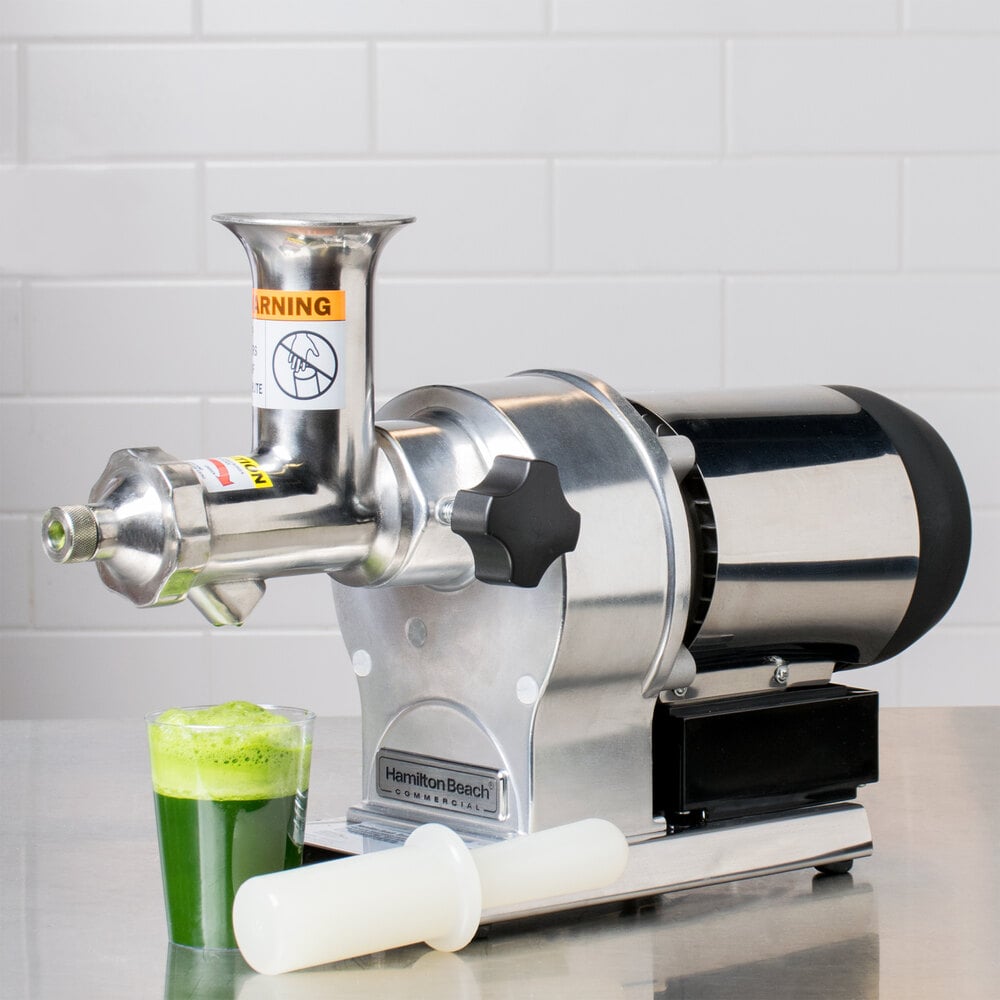
Use in medium- to high-volume juice bars, spas, restaurants, or cafés. Grasses, sprouts, herbs, and leafy greens; not for use with fruit. Cut grass above the roots to use. Remove woody stems if present. Switch on the wheatgrass juicer.
Grass or greens should be fed into the chute. Feed the product into the machine with the provided pusher. Chef juicing fruits and vegetables with a Robot Coupe sieve
5. Sieve
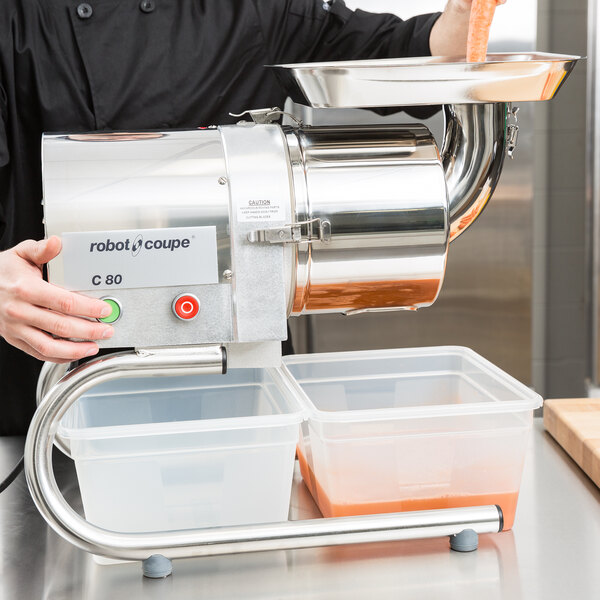
Cut fruits, whole berries, chopped olives, pre-cooked vegetables, sauces, bisques, and ground seafood are all examples of what this product is used for. Sieves are used as a sieve to separate seeds and skins from juice.
Before you begin, be sure you have followed the manufacturer’s instructions for preparing items for processing. Fill up the product tray. Turn on the unit. Feed the product into the feed tube slowly. Commercial orange juice machine dispenses juice into a glass after being loaded with fresh oranges.
6. Orange Juice Machine

Use in medium- to high-volume markets, spas, hotels, restaurants, or cafes. How to Use: Make sure the machine is ready to go. Fill the feeding chute with fruit. Orange juice machines differ, but in general, push the lever to start squeezing and the stop button to halt squeezing. Chef juicing a lemon with a reamer
7. Reamer
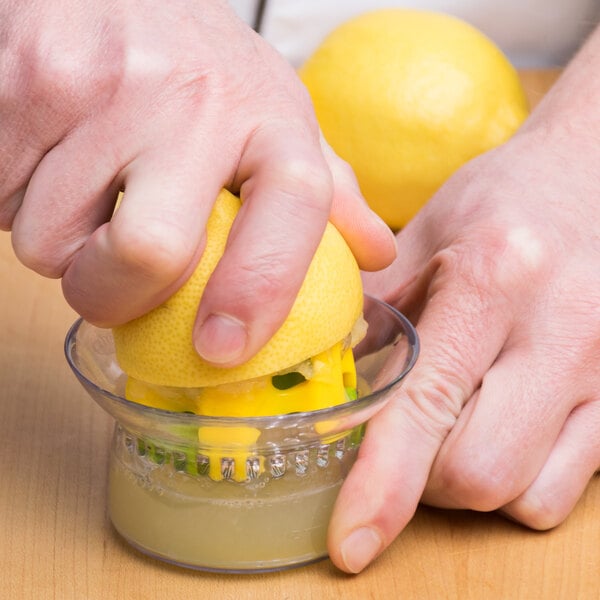
How to Use: Cut the fruit in half. To release juice, press the reamer into the cut side of the fruit and twist forcefully. A bartender uses a stainless steel citrus squeezer to Commercial Juicers a lime. Low-volume, infrequent use in bars, bakeries, or cafes.
8. Citrus Squeezer

Cut the fruit in half. Place the fruit in the citus squeezer cut side down for optimal effectiveness. To invert the peel and get the juice, squeeze the handles together.
9. Hand Press Juicer
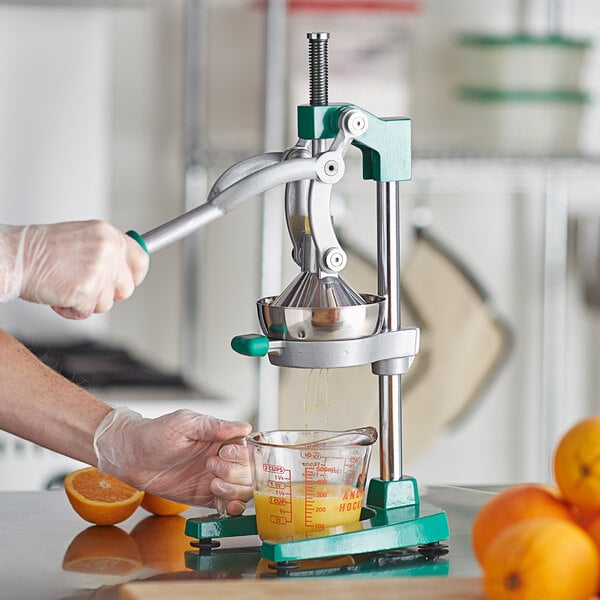
Lemons, limes, and oranges How to Use: Cut the fruit in half. Place the fruit cut side down on the manual juicer.
Close the press and remove the juice by pulling down on the Commercial Juicers handle.
The Advantages of Fresh Juice
Fresh-squeezed juice is unquestionably high in vitamins and nutrients. Offering this option to consumers at your fitness club, spa, restaurant, or hotel can also be beneficial to your bottom line!
How Juice Can Help Your Business Grow
In a brunch scene, a plastic glass with fresh orange juice. If you’re looking for a successful strategy to extend your menu, consider adding fresh juices by Commercial Juicers.
Reduce Waste:
If produce is past its prime for serving whole, consider using it in juices and smoothies instead of tossing it out.
Profitable:
Fresh juice goods can have great profit margins with low overhead. Juice can be served with breakfast, sold after mid-day workouts and spa treatments, or stirred into specialised drinks at night. Fresh juices are popular and stylish, and you can capitalise on consumers’ growing desire to eat healthily.
A Healthy Option:
Reach out to a broader customer base by offering a healthy option that fits their lifestyle. Seasonal juices prepared with local ingredients may demonstrate your dedication to your neighbourhood while pulling customers back all year to discover what’s fresh.
The Health Advantages of Juicing Green wheatgrass juice pouring from a juicer spout into a plastic glass
Juice has many healthy elements and can be an excellent way to increase the diversity of fruits and vegetables in your diet. Fresh juice is a fantastic option for clients looking for that advantage, or who simply want a healthy and refreshing alternative to sugary sodas or coffee drinks. Many juices (such as wheatgrass) are also excellent for adding energy and nutrition to smoothies and drinks! One thing to bear in mind is that juice should not be used as a meal replacement. Also, eating fruits and vegetables whole will provide the greatest benefit. Many juices simply do not contain the same amount of fibre and other nutrients as their whole meal counterparts. So, is fresh-squeezed juice healthy? The simple answer is yes! But keep in mind that there is more to the story.
Juicing Regulations and Safety
Making your own juices may be a healthy and profitable addition to your menu – or a lucrative company in its own right! However, there are some specific issues when selling, bottling, or distributing fresh juice.
Regulations and Licensing for Juicing
Juicing operations are subject to strict regulations in many towns and health authorities. Before launching your juice business, make sure to verify with your local and state regulatory agencies.
HACCP Procedures
Because juice is made from fresh foods and is frequently not further processed, it is very vital to verify that fruits and vegetables are clean, that food safety requirements are followed, and that documentation systems are in place. A HACCP plan is an excellent technique to assure food safety in any food processing facility. It is highly recommended for juice-making enterprises and is occasionally necessary if your product will be sold off-site. Check all applicable regulatory codes to see if you are required to have a HACCP plan.
Safely Using Juicers
Moving elements in commercial juicing machinery break down fruits, vegetables, greens, or herbs to separate the juice from the sediments. As a result, you should adhere to a few basic safety precautions. To ensure safe operation, read the manufacturer’s instructions for use of your item. Make certain that all employees who will be using the equipment are appropriately trained. Never use your hands or culinary utensils to force food through a juicer. Only use the given pusher. Before putting food through the juicer, make sure it is well prepped. Large seeds, stems, and thick peels should be removed depending on the type of produce and juicer used. Large things may also need to be chopped up.
Cleaning Juice Extractors
It is critical to clean your juice production equipment immediately after use to ensure that it is always ready for usage. Waiting to clean a juicer permits residual juice and pulp to dry in the machine, making subsequent cleaning more difficult. Many varieties of fruit juice are also highly acidic, so cleaning your device as soon as possible will help minimise corrosion.
Check Also : Top Energy Drink Brands In The World In 2021

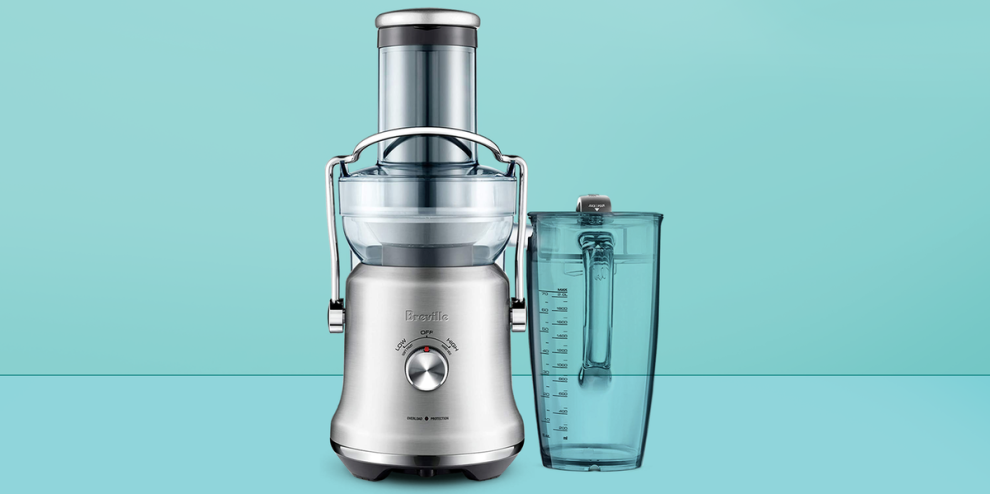








Add Comment